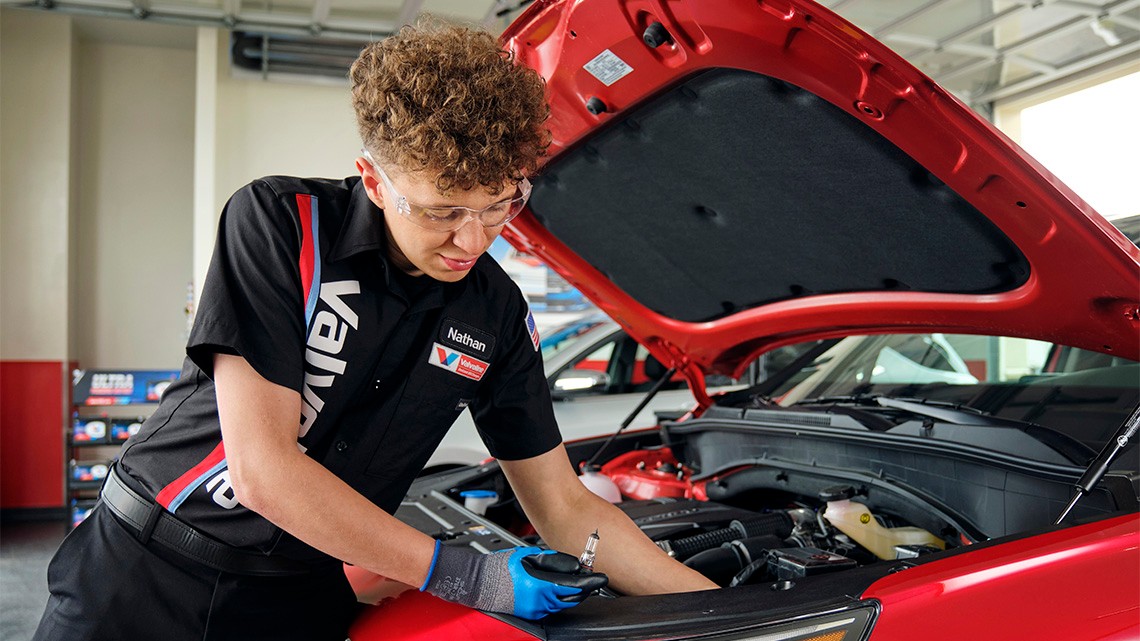Staying Fit
If you drive a car, it’s likely you’ve been paying for insurance every month hoping you won’t need it. But accidents happen, and when they do you expect that insurance will cover any bills minus the deductible.
But there are many things — including some that may surprise you — that basic automobile insurance policies typically won’t cover. Here’s what you need to know.


AARP Membership— $12 for your first year when you sign up for Automatic Renewal
Get instant access to members-only products and hundreds of discounts, a free second membership, and a subscription to AARP the Magazine.
All but two states (New Hampshire and Virginia) require you to carry some minimum level of bodily injury liability and property damage liability insurance to register a motor vehicle. In accidents where you are at fault, this provides coverage for medical bills and property damage you cause to others, according to the Insurance Information Institute (III), an industry trade group.
It may be advisable to purchase more than the state-required minimum, to cover damages that exceed that minimum liability. Keep in mind that people paid $47,148, on average, for a new vehicle in May, according to data released by Kelley Blue Book, a Cox Automotive company.
Some states may also require you to carry:
- Personal injury protection (PIP) or medical payments. These cover medical expenses for you and your passengers in an accident, no matter who is at fault.
- Collision insurance. This covers damage to your car after a car accident, no matter who was at fault.
- Uninsured/underinsured motorist coverage. This provides additional financial protection, when you are in an accident caused by a driver with little or no car insurance. Keep in mind that 1 in 8 drivers on U.S. roads in 2019 were driving without insurance, ranging from 3.1 percent in New Jersey to 29.4 percent in Mississippi, according to a 2021 report by the Insurance Research Council (IRC).
Is that all you need?
If you’ve borrowed money to pay for your vehicle, the loan company will require you have coverage beyond the state minimum. There’s a reason for that. “If you have a car loan, they want the asset protected,” says Doug Heller, the Consumer Federation of America’s director of insurance.
Heller says it is important to review your policy every so often to make sure you are paying only for what you need. For example, if you don’t have a car loan and are driving a clunker you may consider cutting back on collision insurance and instead setting the savings aside for when you need to replace the car.
At the same time, you may want to boost your liability insurance — particularly if you have retirement assets. Heller suggests consulting a financial adviser to discuss how much you may need to protect those assets against the possibility that you cause an accident that severely injures someone. If they rack up high medical bills, you could be facing costs well beyond your state’s minimum requirement for liability coverage.
Even if you purchase insurance with these options, there are some things your policy may not cover. It’s always advisable to check with your insurance provider if you have any specific questions about coverage. Meanwhile, here are a few scenarios to consider.




































































